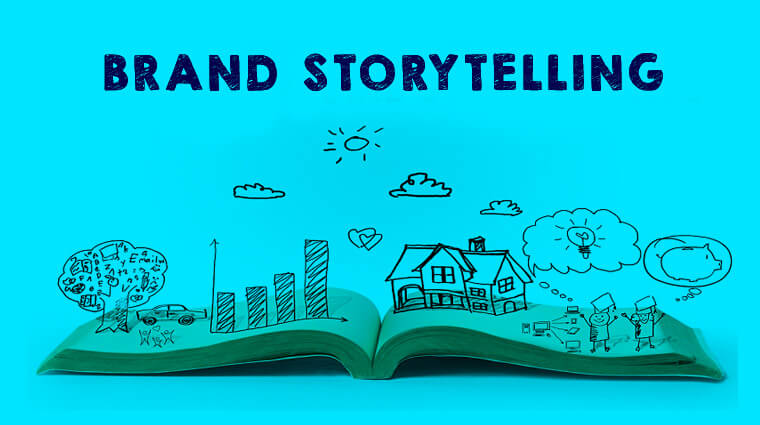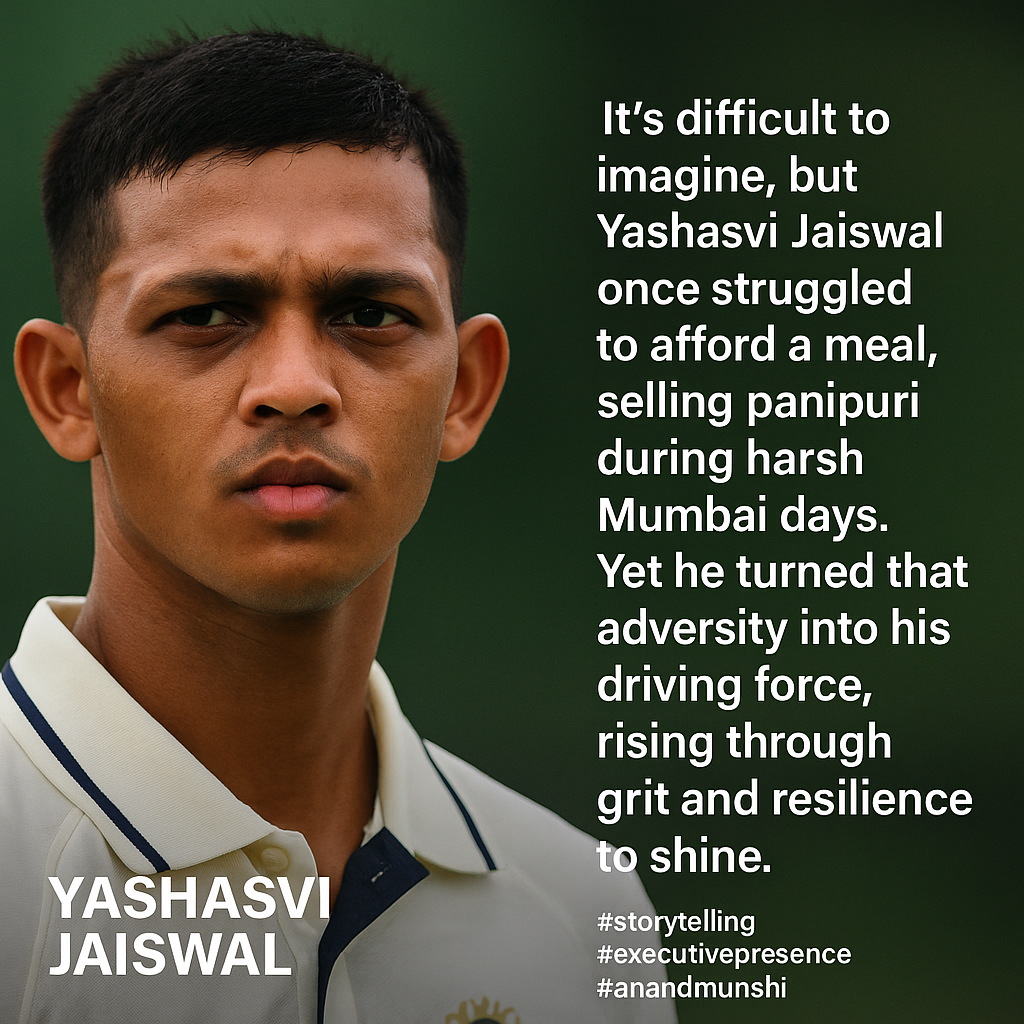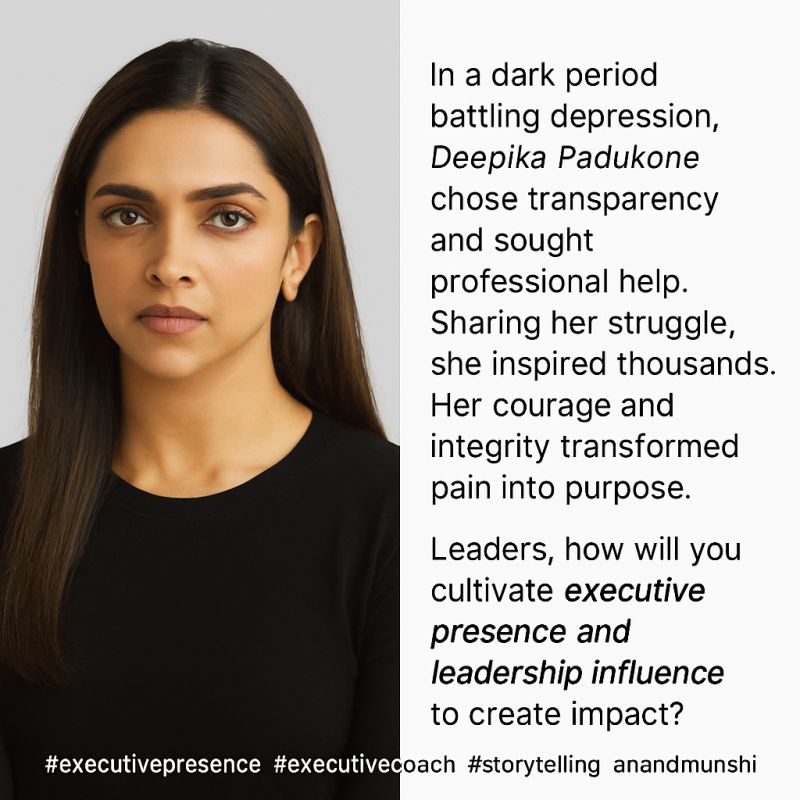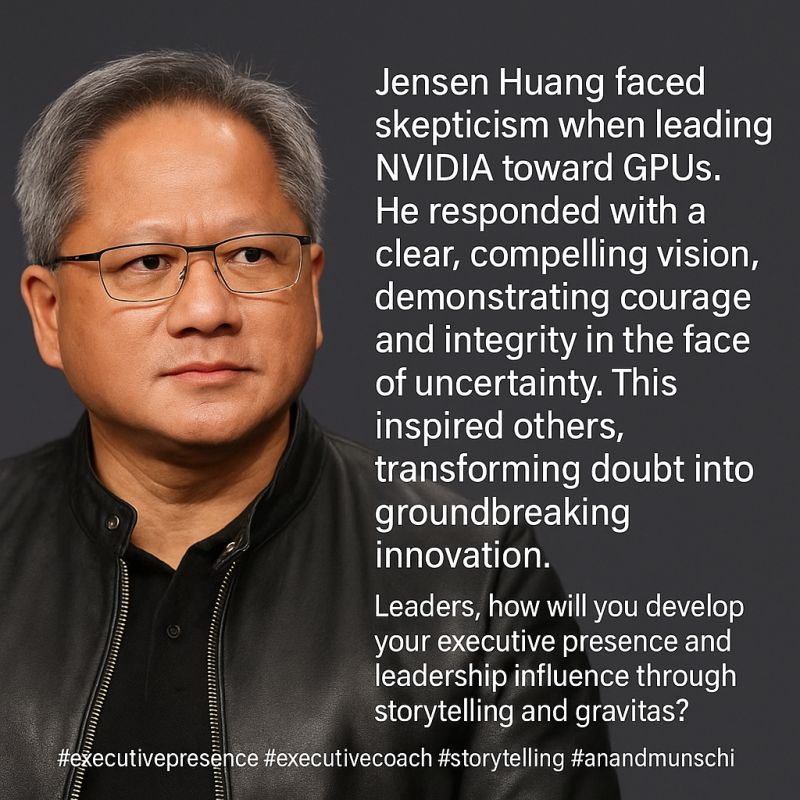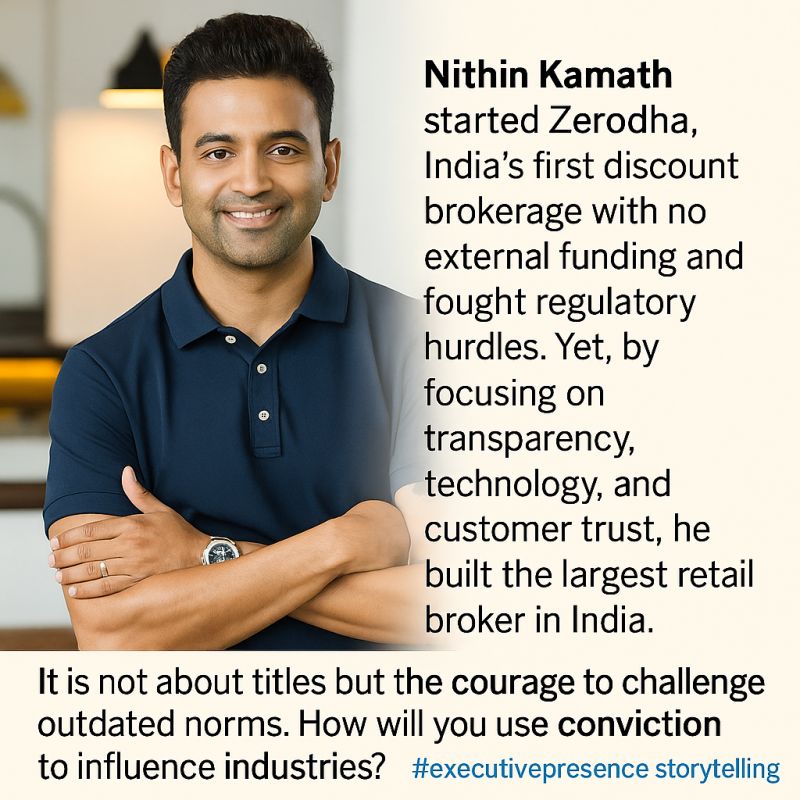Facts tell. Stories sell. But only authentic stories inspire action.”
In an era of automation and AI, where algorithms can predict everything except human emotion, storytelling has emerged as a leader’s most strategic differentiator. According to Harvard Business Review (2024), leaders who communicate through stories are 22 times more likely to make their message memorable than those who rely solely on data. Yet, only 30% of global executives intentionally use storytelling as part of their leadership communication.
Consider Nokia in 2013—armed with data, resources, and strategy—but disconnected from narrative clarity. They failed not because of technology, but because they couldn’t tell the story of transformation that their customers were ready to hear. Storytelling is not a “soft skill”; it’s a strategic leadership tool. Here’s how great leaders use it to build powerful personal brands:
1. Humanizing Leadership – Satya Nadella at Microsoft
When Nadella took charge, Microsoft was losing relevance. Instead of talking about profits, he told stories of empathy, growth mindset, and curiosity. His narrative shifted Microsoft’s culture from “know-it-all” to “learn-it-all.” Result: Microsoft regained innovation speed and brand warmth — becoming a $3 trillion company by 2024.
2. Reframing Failure – Elon Musk and SpaceX
When multiple SpaceX launches failed, Musk didn’t hide behind data. He told a story of resilience and scientific pursuit. His authenticity turned embarrassment into empathy. Result: SpaceX secured NASA contracts and public admiration, proving storytelling redefines risk as courage.
3. Building Trust – Mary Barra at General Motors
After GM’s ignition crisis in 2014, Barra didn’t deliver corporate jargon. She shared stories of accountability — “We’ll learn from this.” Her tone of vulnerability connected deeply with employees and customers. Result: GM rebuilt consumer confidence and rose again as an innovation-driven brand.
4. Creating a Shared Vision – Ratan Tata at Tata Group
Tata’s storytelling always centered on nation-building and trust. When Nano’s failure was imminent, he reframed it as a mission for affordable innovation. Result: His brand became synonymous with ethics, empathy, and purpose — not just products.

5. Inspiring Innovation – Steve Jobs at Apple
Jobs didn’t launch products; he launched stories — “a thousand songs in your pocket.” His storytelling united engineers and marketers under one belief: simplicity is genius. Result: Apple became a storytelling empire — with a cult-like customer base and iconic identity.
6. Driving Cultural Change – Indra Nooyi at PepsiCo
Nooyi used storytelling to connect strategy with soul. She spoke about “Performance with Purpose,” using her personal immigrant journey as a backdrop. Result: PepsiCo became a sustainability pioneer while enhancing employee pride and alignment.
7. Navigating Crisis – Jacinda Ardern, Former PM of New Zealand
During the Christchurch tragedy, Ardern’s storytelling invoked compassion — “They are us.” Her calm tone and emotional resonance became global benchmarks for empathetic crisis leadership. Result: Trust in leadership soared; New Zealand’s image as a humane nation strengthened.
8. Mobilizing Teams – Sundar Pichai at Google
Pichai emphasizes stories of humility, inclusion, and focus on impact. In Google’s high-pressure innovation culture, his storytelling connects cross-functional teams with one unified “why.” Result: Employee retention improved and innovation cycles accelerated.
Conclusion: Storytelling – The Leader’s Superpower in the Age of AI
In today’s data-driven age, leadership is not about commanding attention — it’s about creating emotional alignment. Algorithms can automate processes, but only stories can mobilize hearts. Great leaders use storytelling not to impress, but to inspire, align, and humanize.
Through structured coaching frameworks in Executive Presence and Storytelling, Anand Munshi, India’s leading executive coach, helps leaders craft narratives that shape culture, build trust, and drive transformation — turning complexity into clarity and data into emotion.
“In the age of AI, storytelling is not a luxury — it’s leadership currency.”
Learn more at www.anandmunshi.com.



